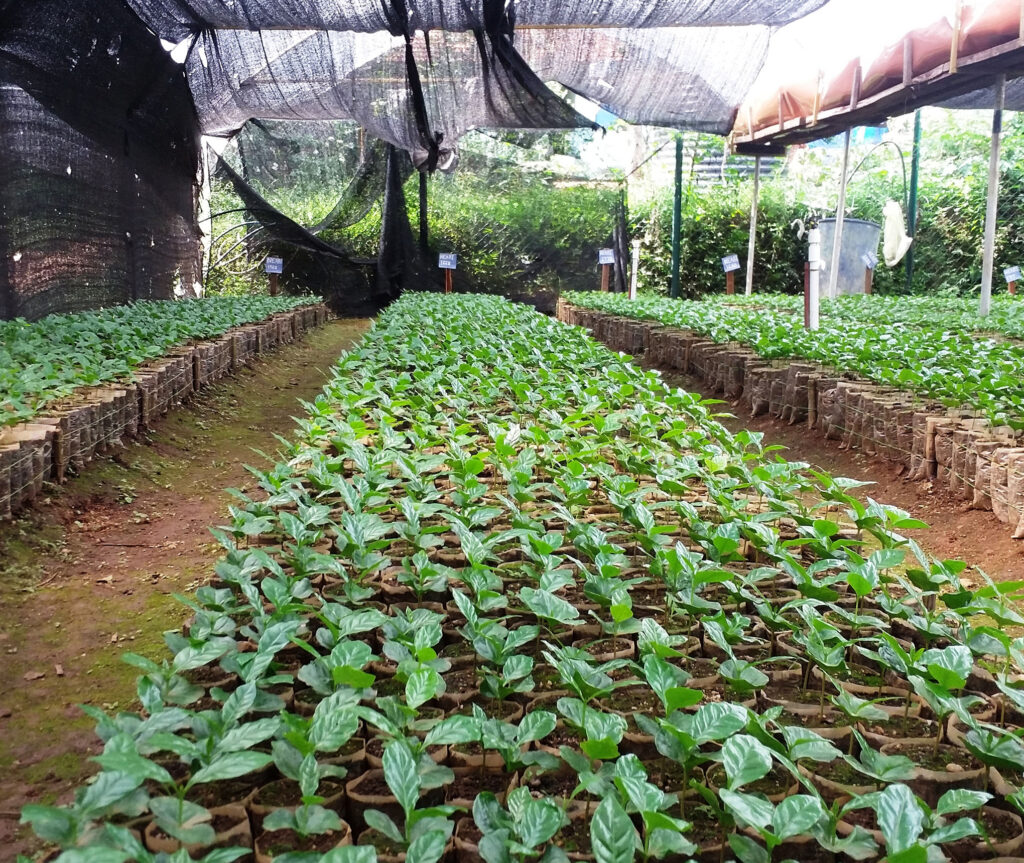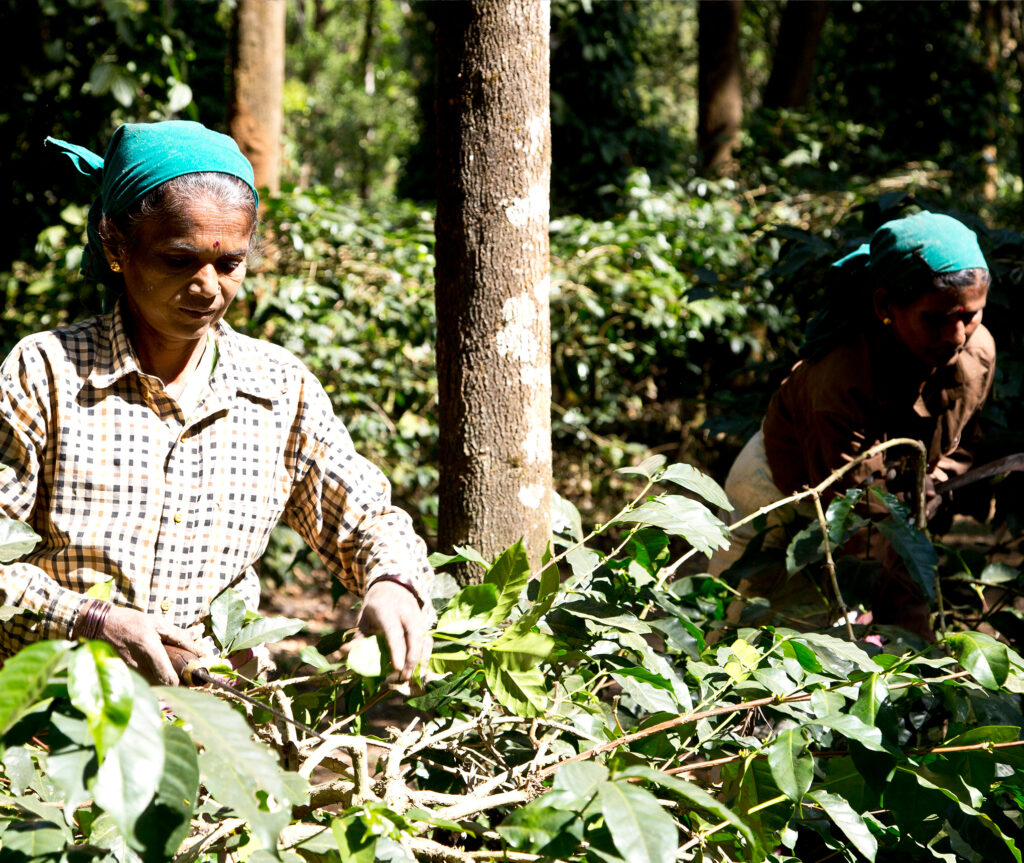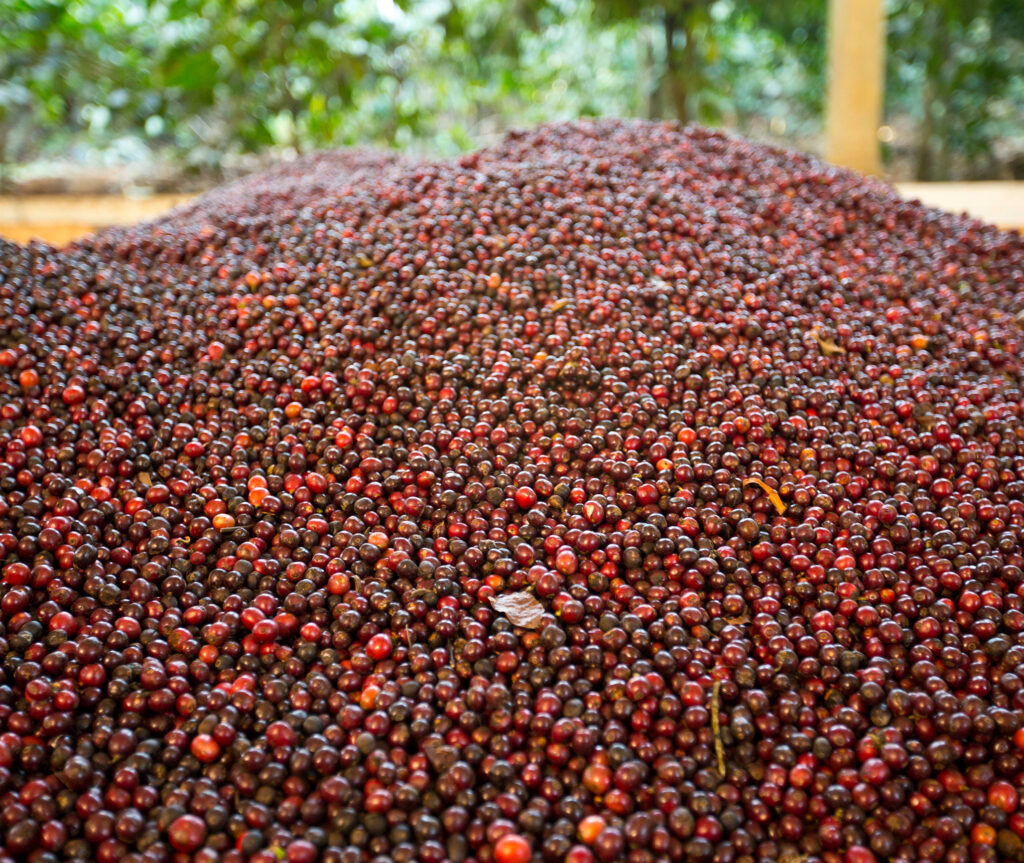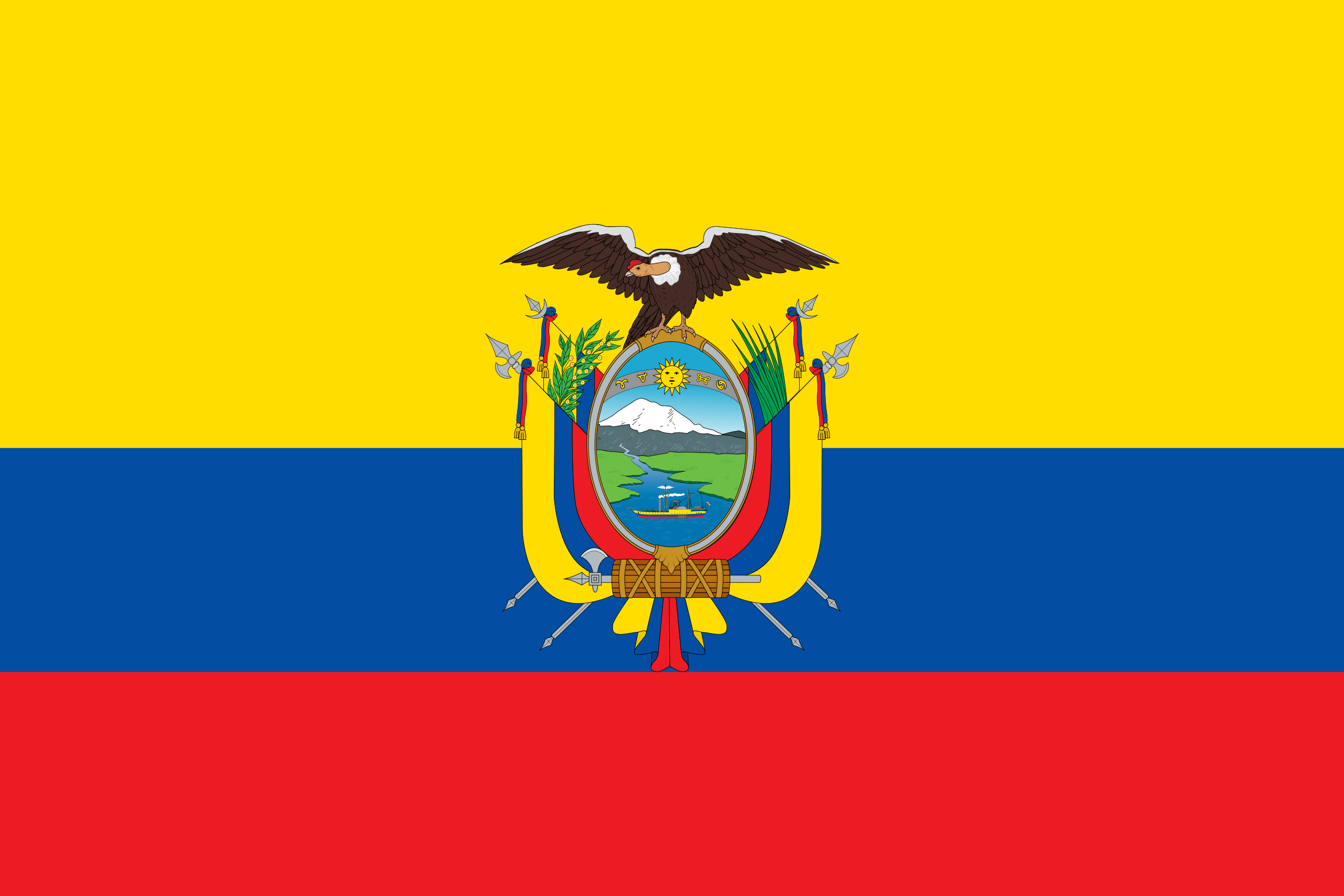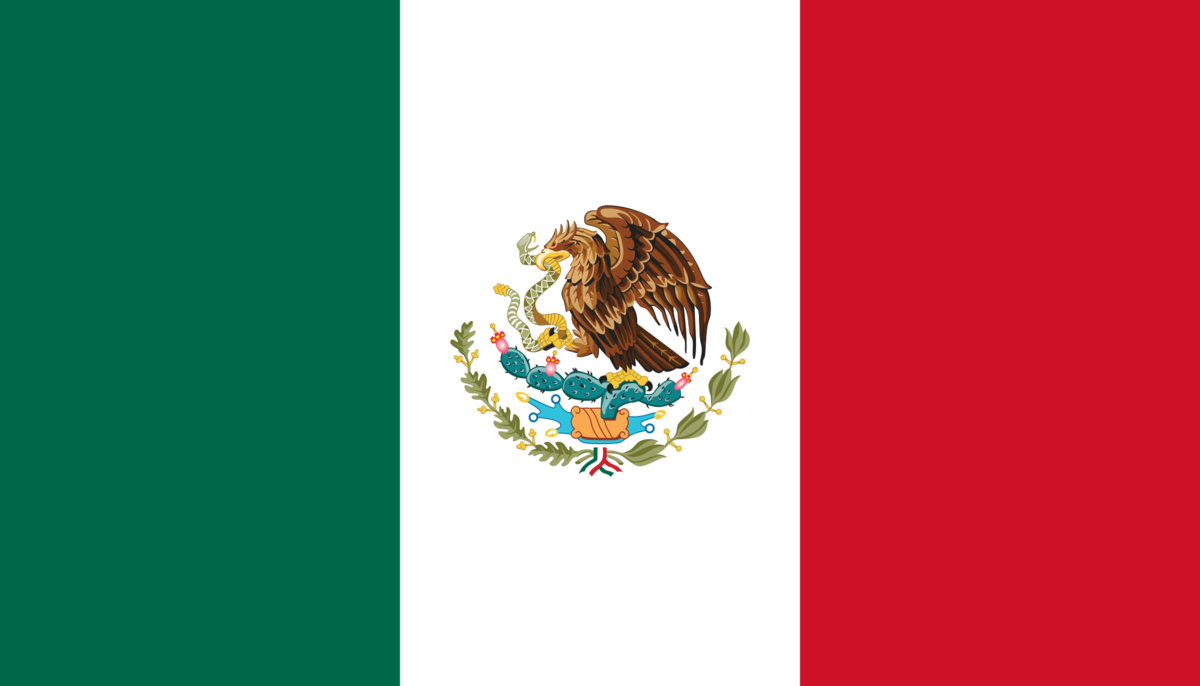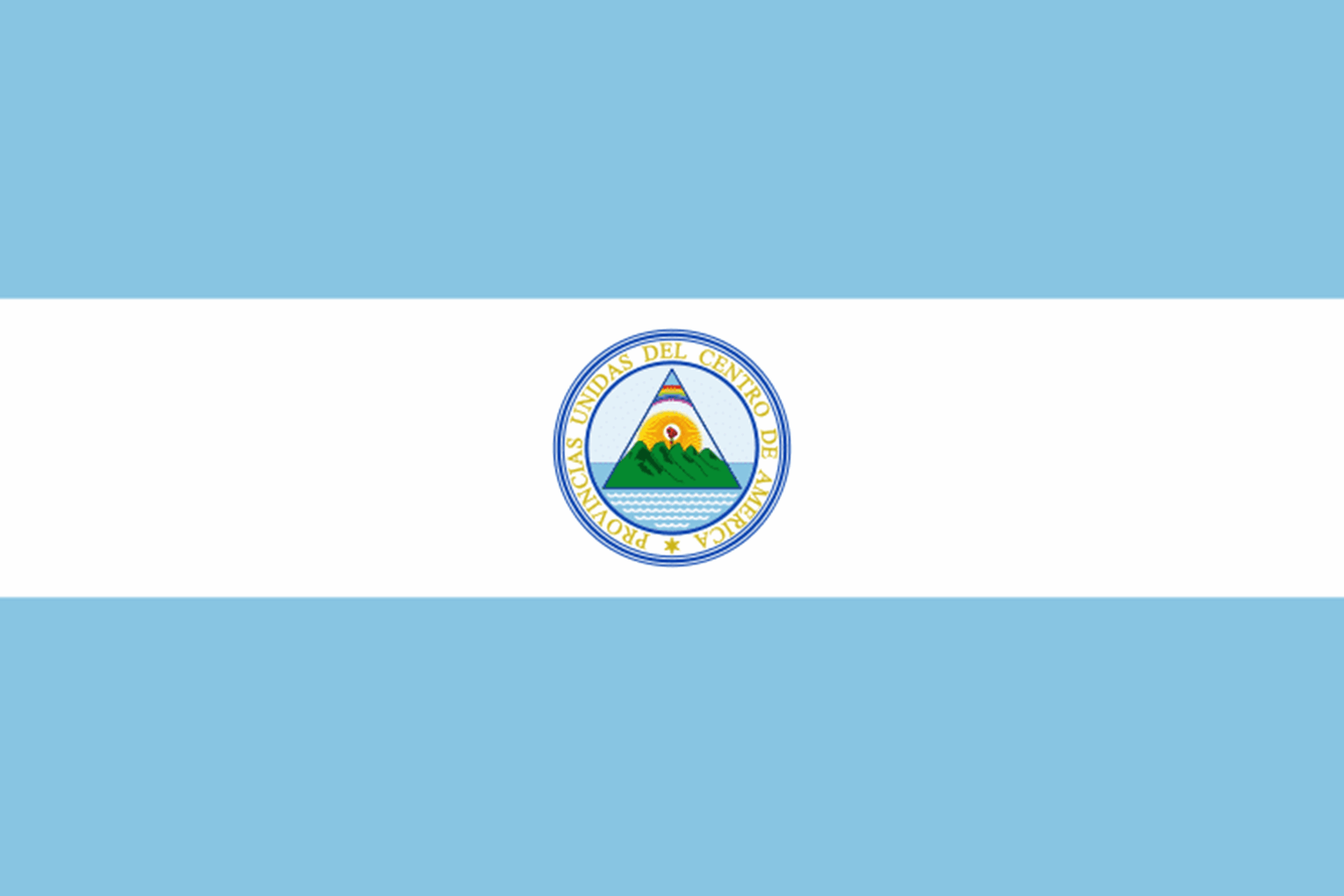The large subcontinent of India has a unique coffee story far different from any other origin.
India is the world’s sixth largest coffee producer, behind Brazil, Vietnam, Indonesia, Colombia, and Honduras. The country exports around 70 percent of production – with exports of greens roughly split between 30 percent Arabica and 70 percent Robusta.
As in Brazil, there is a growing domestic market for coffee in India, as café chains spring up in urban areas to cater to the burgeoning middle class. Coffee consumption more than doubled between 2000 and 2011 and continues to steadily increase by some 5-6 percent annually.
View Coffees-
Place In World For Coffee Exporter6th
-
Sacks (60kg) exported annuallyApprox: 6,028,000
-
Percentage of world coffee market4.5%
-
Other major agricultural exportsRice, wheat, soybeans & other pulses/grains
-
Estimated number of families relying on coffee for livelihood?600,000
-
Typical varieties produced30% Arabica: Catimor, Kent, S795, Caturra, Cauvery & S9, among others
-
Key coffee regionsKarnataka, Kerala & Tamil Nadu (among others)
-
Typical harvest timesNovember - March
-
Typically availableFrom May
